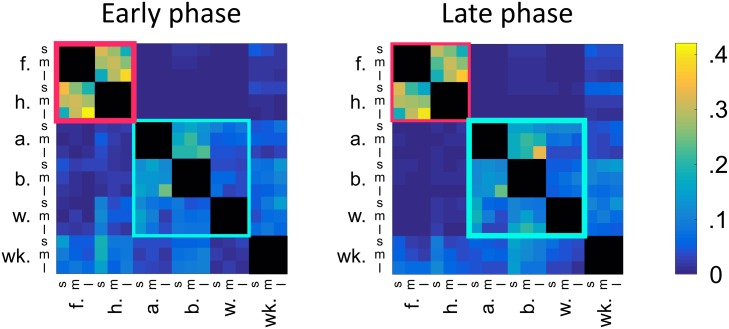Fig 9. Transition probabilities are largely stationary across the entire grooming progression despite changing sensory conditions.
Shown here are the population average transition probabilities for the early phase (left) and late phase (right) of grooming. The border between these phases is indicated by the dashed gray line in Fig 5. In the early phase, flies prioritize anterior grooming motifs, indicated by the thick red outline. In the late phase, flies perform more posterior grooming, indicated by the thick blue outline. We observe that transitions between front leg rubbing and head cleaning bouts exhibit consistent duration dependence regardless of when they occur in the sequence. Posterior motif transitions display similarities as well, but transitions between long abdomen grooming bouts and long back leg rubbing bouts are significantly more likely late in grooming. Overall, the relative stationarity of these transition probabilities despite changing sensory conditions suggests the existence of an internal mechanism that dictates bout durations. However, sensory stimuli also appear to play a role in modulating grooming transitions on long time scales, as transitions from posterior motif actions to anterior motif actions become less likely in the late phase.

